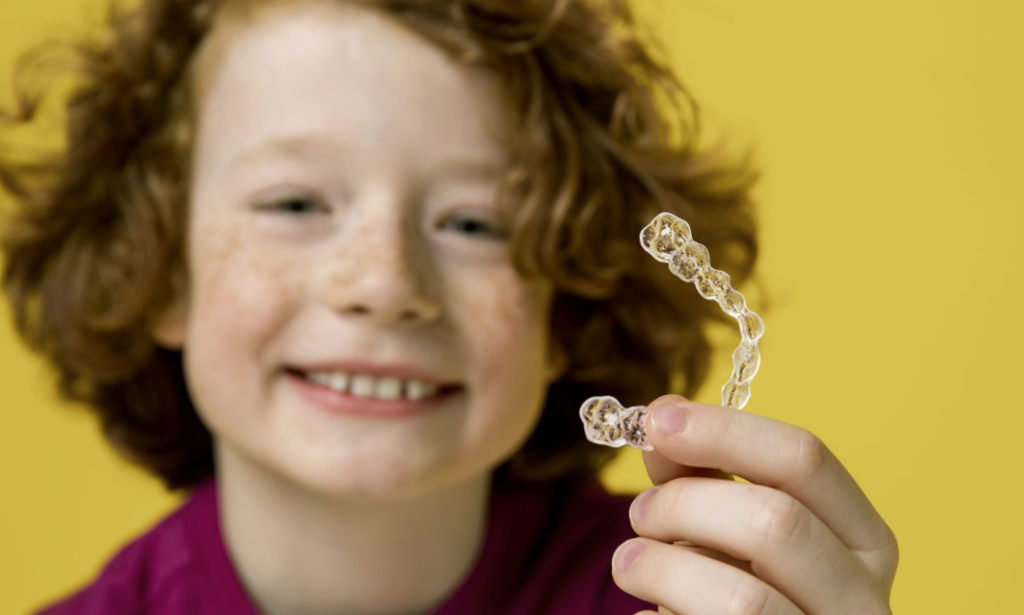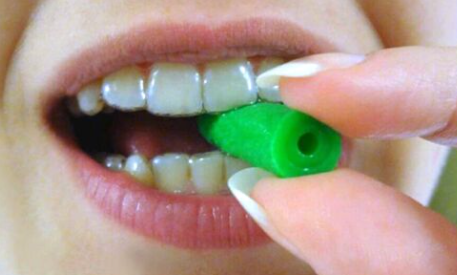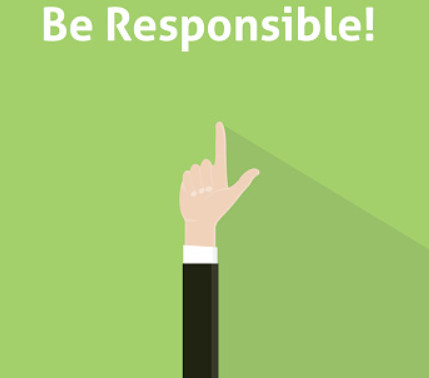Is Invisalign for Kids?
The answer is that it is debatable. Is your child a good follower of instructions? Can you trust him to wear the trays for the majority of the day and store them safely when he’s not using them? Invisalign may be a better option than traditional metal braces if this is the case. However, if your child is the polar opposite of all of that, is very young, or has difficulties following directions, you might want to reconsider.
The bottom line is that you are the best person to know your child.
Everyone understands that Invisalign treatment isn’t right for every individual or situation, just as everyone understands how forgetful and wishy-washy children can be! However, whether your child is in elementary school or is approaching adolescence, Invisalign is definitely worth investigating. Just add it to your extensive list of responsibilities as a parent! Don’t get caught up in the what-ifs and myths if you or your child is considering Invisalign treatment for teeth straightening.
Dr. Schroeder and Dr. Crosby, two respected orthodontists, have backed up five facts concerning Invisalign for youngsters.

1. You Can Eat What You Want
Really. Popcorn, almonds, gum, and those incredibly awesome gummy snakes that go on and on. Those wearing invisible aligners can eat whatever you wouldn’t be allowed to eat as a metal-mouthed kid. Because the trays can be removed while eating, almost nothing is off-limits. You can’t blame your junk food prohibition on Invisalign, parents! You certainly could. We’re not going to tell. Ssshhh.

2. It’s Easier to Keep Your Teeth Clean When Wearing Clear Aligners
That is when compared to standard metal braces, often known as food traps. You don’t need to use one of those small floss thingies to clean between your teeth with Invisalign transparent aligners, nor do you need to buy a special toothbrush or anything like that. Simply remove your aligners and brush and floss your teeth normally. But, for Pete’s sake, remember to keep your aligners in a secure location while not in use!
A word regarding clear aligners and hygiene…Dr. According to Schroeder, hygiene is considerably better with Invisalign than with braces, as the number of cavities experienced by people in general, and children in particular, is significantly lower, if at all.

3. Invisalign May Work Even Better in Kids
If your child is extremely diligent about leaving the trays in all day and night except while eating, the outcomes for their parents can sometimes be much better. In fact, as Dr. Schroeder points out, children’s therapies are virtually usually more successful than adults’, owing to the fact that children are more accustomed to having objects in their mouth and do not continuously remove them. With high compliance, children’s outcomes are comparable to, if not superior to, those of their adolescent or adult counterparts. Actually, there’s a new device called Invisalign First that’s designed just for this age group.

4. Invisalign Isn’t Out of the Question for Complex Cases
Not every situation is straightforward. If your child has a severe condition, such as an aggressive bite, you might be wondering if Invisalign alone would be enough to address the problem. Some innovative options, like a treatment plan involving another device that interacts with Invisalign clear aligners, could be used. However, as Dr. Crosby points out, severe instances may still require traditional braces; however, technology and procedures are always improving, bringing us closer to being able to treat ALL orthodontic issues using Invisalign.

5. There are These Things Called Aligner Chewies
Hmmm, that seems like a delectable snack. However, aligner chewies, which resemble rubbery cotton balls, help the trays adhere to the teeth more firmly. There is often a tiny “bounce” when a new Invisalign tray is placed on the teeth. The chewies make it easier to put the tray onto the teeth, allowing the teeth to go more easily into the tray. Dr. Schroeder adds some science to this: biting down on the chewies seats the aligner and slightly pushes the teeth in the right direction, improving blood flow around the tooth. This is what causes the type of cells that are required for tooth movement to become active.

More Tips From The Experts
So, how does an orthodontist feel about Invisalign vs. braces? We inquired of Drs. What advice would Schroeder and Crosby give to parents contemplating clear aligners over metal braces?
According to Dr. Schroeder:
If a youngster is willing to use the aligners, they are superior to braces in every way, including hygiene and the lack of emergency appointments with wire pokes and loose brackets — not to mention that they look better, are less invasive, and are gentler on the teeth.
According to Dr. Crosby:
We strongly advocate Invisalign over braces if the orthodontic problem is suited for the Invisalign technique and the parents are happy with their child being responsible for wearing the trays.


